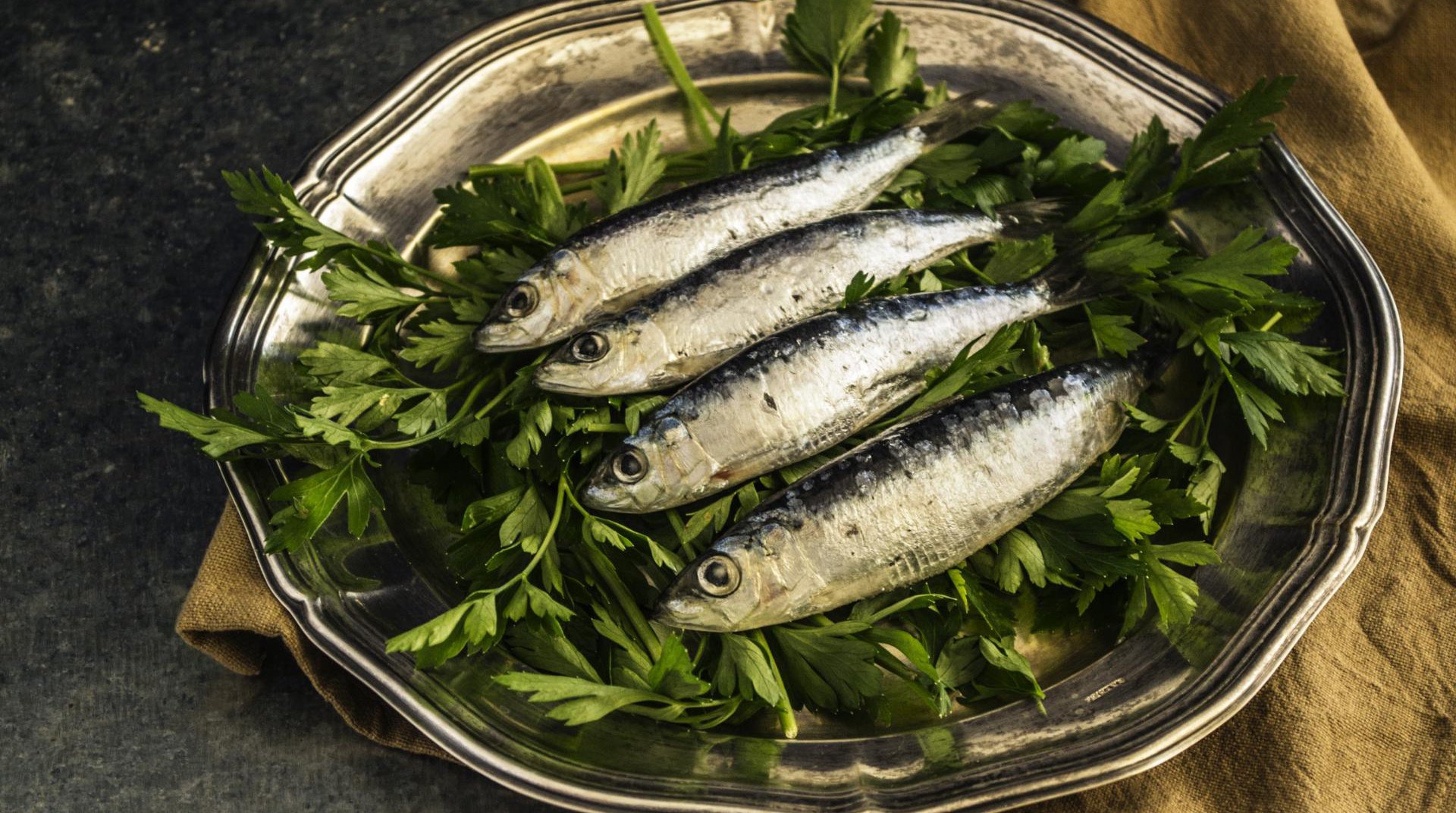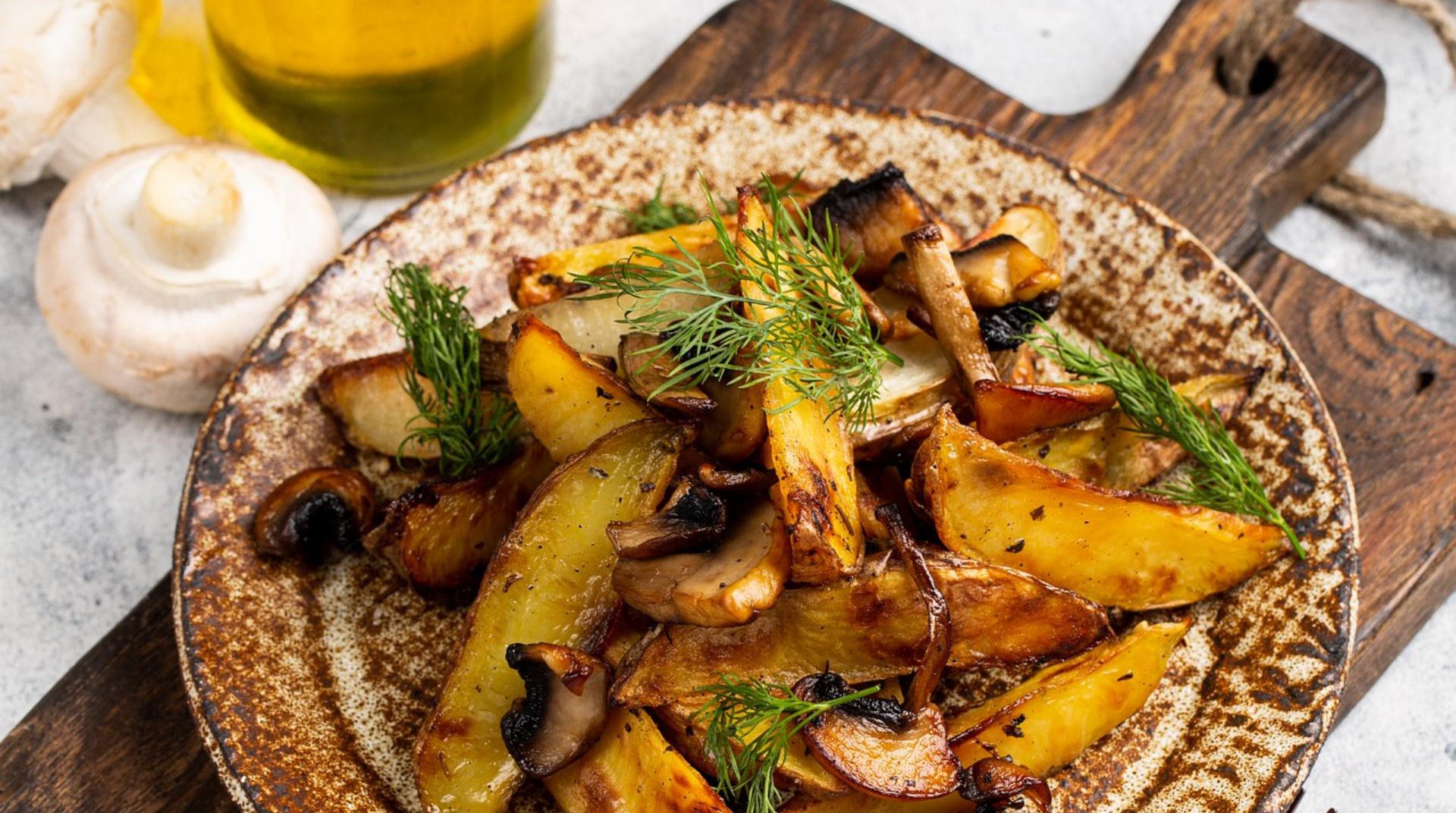Cretan Experiences
 Cretan Cuisine
Cretan Cuisine
Despite the breathtaking scenery and the imposing historical monuments, the single feature of their culture that makes Cretans the most proud is their cuisine. Based on the unique ingredients that the Cretan land generously offers, but also in the rich fauna of the island, it mainly consists of flavor combinations that although simple in conception, will provide you with an explosion of excellent and fulfilling fragrance and taste. There is no better climax for a day full of adventure in the island’s wild nature or of sunbathing and swimming at one of the marvelous beaches surrounding your residence than to relax and enjoy a traditional Cretan meal.
The Cretan diet, renowned around the world for both its taste and the health benefits that have been proved to accompany it, is both a part of but also clearly distinct in many ways from the Mediterranean diet, the ‘mother’ of the culinary habits in the region. The influence of the many cultures that were present on the island has left its distinctive mark in the various dishes and cooking techniques.
The fundamental ingredients, used by generation upon generation of Cretans to produce the little culinary wonders that you can taste on the island consist of wild herbs, from the innumerable hills and mountain that make Creta a botanical paradise, fruits and vegetables, mainly coming fresh from home gardens, the generous livestock produce of the island and, most importantly, the world famous, abundant olive oil, which is omnipresent in the local dishes, being used in pretty much everything that you will taste on the island.
To start your meal and fire up your appetite, you can try one of the many kinds of cheese offered, each prepared in its own unique way. ‘Staka’ cheese, emblematic of the Cretan cuisine, a thick cream with a texture resembling yogurt is the perfect side dish for pasta or meat. Also, you can taste ‘kalitsounia’, small pies stuffed with ‘mizythra’, a special kind of cheese made exclusively in Crete. Other famous snack delicacies include ‘stamnagathi’, a special kind of grass that is gathered on the mountain slopes, ideally combined with fresh eggs or ‘lahanodolmades’, a Greek word that means ‘cabbage rolls’, which although made in other parts of Greece as well, are getting a special treatment in Crete, where the tradition demands to combine mincemeat with rice inside the rolls.
To saturate your appetite, you can try ‘antikristo’, one of the trademark Cretan dishes. Translated roughly into ‘at opposite ends’, the dish justifies its name, as large pieces of lamb are nailed to large rods, placed at opposite sides of a large fire, and they are let to simmer for approximately 5 hours, lending a unique taste to the final product. Also, ‘apaki’ meat, a specially prepared kind of pork, cut in fine slices and filled with herbs and vinegar and the special ‘gamopilafo’, meaning ‘wedding pilaf’, a special kind of rice that is cooked in stock with spices and is traditionally served at weddings will leave you an explosion of strong but satisfying taste at the palate.
You can reach the end of the gastronomical journey that every Cretan kitchen has to offer with one of the special desserts, such as the ‘Sfakia pie’, a fine tart filled with cheese and honey. Of course, you can never complete a meal at a Cretan tavern or restaurant without raki [or ‘tsikoudia’ in the Cretan dialect] flowing abundantly, lifting everyone’s mood and helping you devour dish after dish with ease!





 Cretan Cuisine
Cretan Cuisine